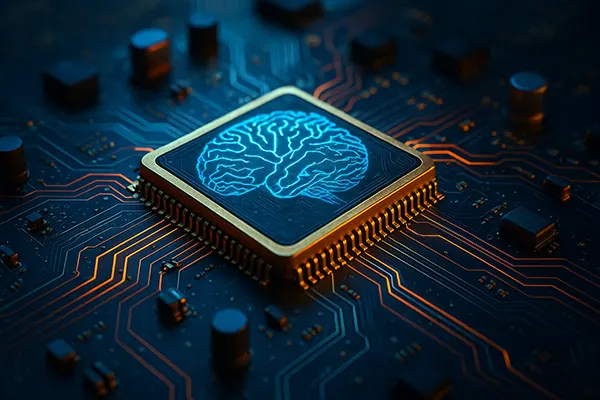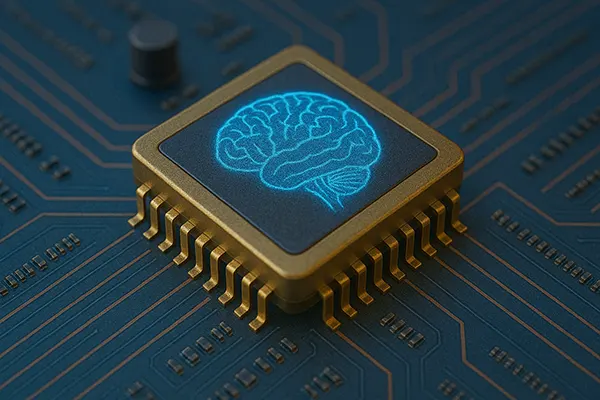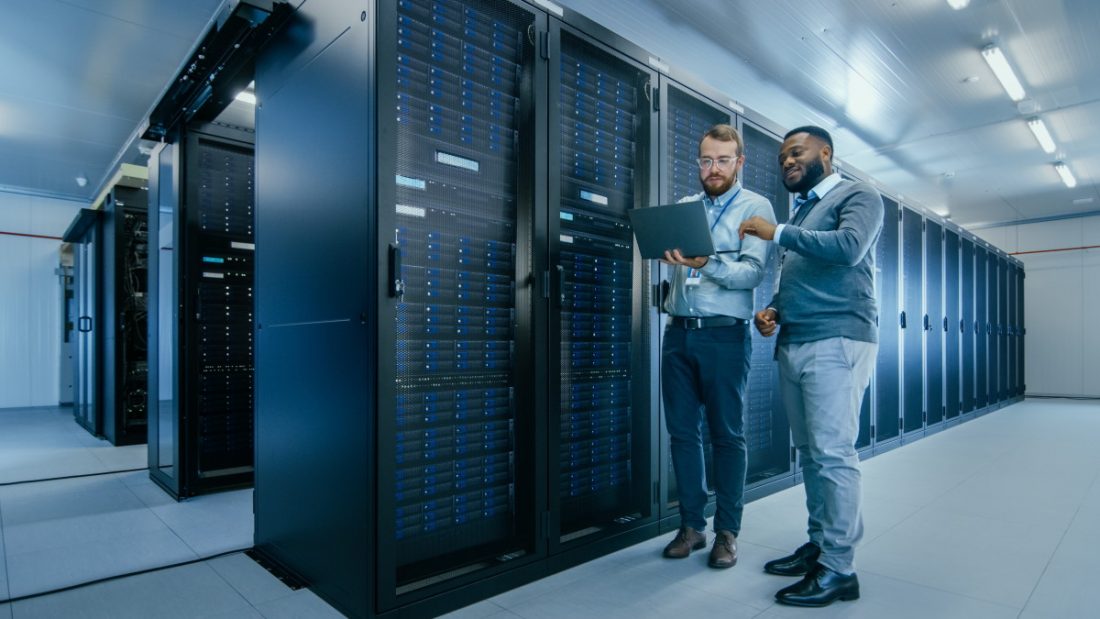
Neuromorphic Processors: The Next Step Beyond Traditional AI
As artificial intelligence (AI) technologies reach maturity in various sectors—from healthcare to autonomous vehicles—limitations in traditional computing architecture become more evident. In recent years, neuromorphic processors have emerged as a cutting-edge alternative, designed to overcome these limitations by mimicking the way the human brain processes information. This innovative approach holds the promise of reshaping AI’s future by making systems more efficient, adaptive, and closer to biological intelligence.
Understanding the Core of Neuromorphic Computing
Neuromorphic processors are inspired by the human brain’s architecture. Unlike traditional CPUs and GPUs that rely on the Von Neumann model, neuromorphic chips implement spiking neural networks (SNNs). These SNNs function more like biological neurons, communicating via spikes of electrical activity. As a result, these processors can operate asynchronously and consume significantly less power during computation.
Companies such as Intel and IBM have pioneered this space with their Loihi and TrueNorth processors, respectively. Intel’s Loihi, for instance, features 128 neuromorphic cores capable of running SNNs in real-time, enabling adaptive learning with low power requirements. This breakthrough architecture is especially effective for edge AI applications where energy efficiency and speed are crucial.
Unlike traditional machine learning models, neuromorphic processors support on-chip learning, reducing the need for external retraining or massive datasets. They adapt in real-time to changing data patterns, allowing for a more dynamic and responsive AI ecosystem. This makes them ideal for robotics, sensor networks, and autonomous systems where quick reaction and continual learning are essential.
Key Technical Features and Innovations
One of the most remarkable features of neuromorphic chips is their event-driven operation. Unlike traditional architectures that process data at a fixed clock speed, neuromorphic processors react only when necessary, dramatically reducing energy consumption. This mimics how biological neurons fire only when triggered, leading to far more efficient resource allocation.
Another innovation lies in the chips’ plasticity, or their ability to learn and modify responses over time. This is enabled by mechanisms such as spike-timing-dependent plasticity (STDP), which strengthens or weakens neural connections based on usage patterns. In real-world applications, this allows machines to learn from experience similarly to humans.
Finally, neuromorphic systems can achieve parallelism at an unprecedented scale. Unlike traditional architectures that struggle with the sequential nature of Von Neumann bottlenecks, neuromorphic processors distribute workloads across thousands or even millions of artificial neurons, enabling massively parallel computation without traditional overheads.
Applications Driving Neuromorphic Advancement
Neuromorphic processors are particularly suited for real-time, low-power environments such as robotics, where adaptability is essential. Autonomous drones, for example, benefit from the ability to process sensory data on the fly while conserving energy. The low-latency, adaptive response enables more natural interaction with environments.
In the healthcare sector, neuromorphic processors can enhance wearable devices by enabling them to detect subtle anomalies in bio-signals. This can assist in early detection of conditions such as arrhythmias or epileptic seizures, improving patient outcomes while maintaining battery efficiency in compact devices.
Security systems are another area seeing tangible impact. Facial recognition and anomaly detection become more robust and energy-efficient when run on neuromorphic chips. The ability to continuously learn and adapt without cloud dependency ensures privacy and resilience, crucial in modern surveillance scenarios.
Real-World Case Studies
Intel’s Loihi chip has been trialled in various academic and commercial projects. One such study at the University of Heidelberg integrated Loihi with a robotic arm to demonstrate reflexive adaptation. The arm adjusted its motion dynamically in response to unpredictable physical contact, something traditional AI systems struggle to replicate in real-time.
In another example, the Human Brain Project in Europe has integrated neuromorphic systems to simulate neural dynamics at large scale. These simulations offer valuable insight into brain function while also guiding future chip architecture based on biological principles, closing the gap between neuroscience and computing.
IBM’s TrueNorth has been used in pattern recognition projects such as vision-based navigation. Its chip demonstrated the ability to recognise road signs under poor visibility conditions, using a fraction of the energy needed by traditional GPUs. This sets the stage for sustainable and scalable intelligent transportation systems.

Challenges and Future Outlook
Despite their promise, neuromorphic processors face significant hurdles. Programming these chips remains complex due to the unfamiliarity of SNNs compared to traditional neural networks. Most developers lack access to suitable software tools, and the learning curve for designing neuromorphic algorithms is steep.
Moreover, hardware standardisation is yet to be established. Different chipmakers use proprietary architectures, complicating integration and slowing adoption. Collaboration between academia, industry, and open-source communities is vital to build robust ecosystems around these processors and reduce entry barriers.
Looking ahead, the development of hybrid systems—combining neuromorphic and traditional processors—may bridge the gap. As research continues, we can expect neuromorphic computing to play a central role in AI systems that are not only intelligent but also energy-aware, adaptable, and human-like in reasoning and perception.
Ethical and Societal Implications
As neuromorphic processors begin influencing real-world systems, ethical considerations become paramount. These chips enable machines that can autonomously adapt and evolve, raising questions about predictability, control, and accountability. Transparent design principles and regulatory oversight will be necessary to ensure safe deployment.
There is also a need to consider socio-economic implications. While neuromorphic processors may reduce energy costs and infrastructure demands, they might also widen the digital divide if access is restricted to elite institutions or nations. Ensuring equitable access to this transformative technology is essential.
In education, neuromorphic computing opens new avenues for interdisciplinary study, merging neuroscience, computer science, and engineering. Fostering talent in this space will help prepare future generations for a computing paradigm shift that blurs the line between artificial and biological intelligence.





